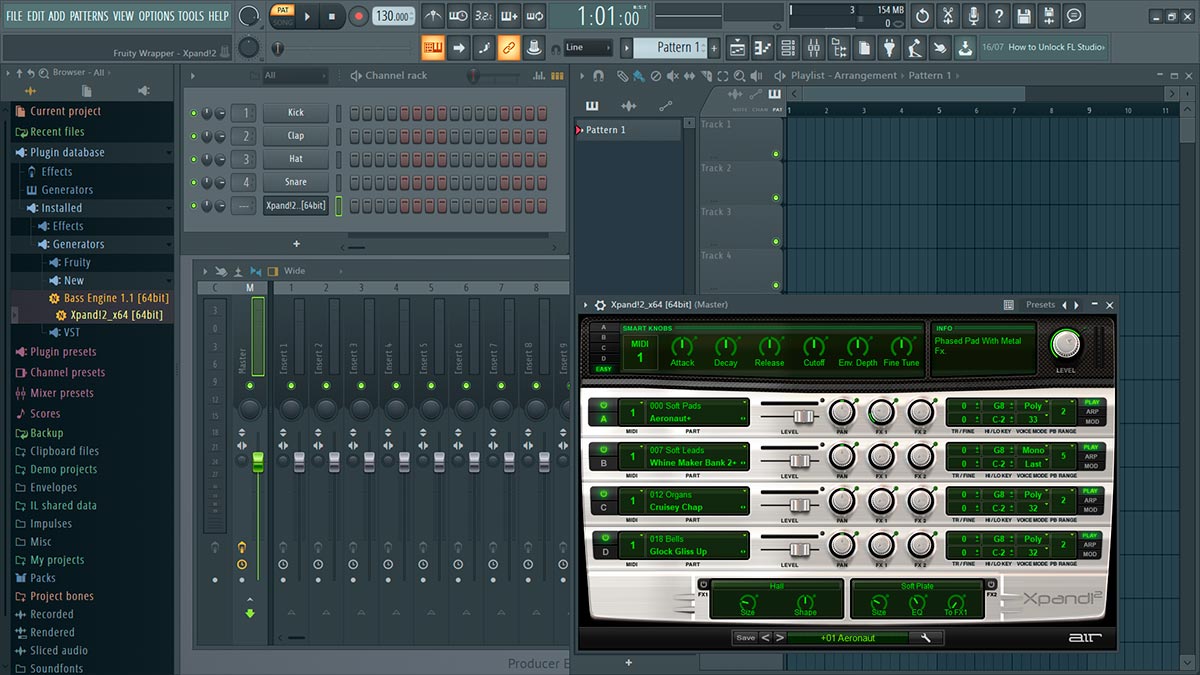
#PRO TOOLS PLUGINS MISSING PRO#
Pro Tools will organize and displays your Plug-ins base on the selection you choose in this drop down menu.Ģ) The first option under the drop menu is the Flat list. When selecting the drop menu, you will notice that Pro Tools organizes plugins in four different categories: Flat List, Category, Manufacture and both Category and Manufacture combine. In the area labeled 'Basics' you will notice the option: 'Organize Plug-In Menus By'. You can find Preferences under the 'Pro Tools' and 'Setup' menu.ġ) Once inside the 'Preferences', click on the 'Display' tab at the top left. Go to 'Preferences' in Pro Tools and we’ll explore how this works. To help you gain a better understanding of where to start with plug-in management we will take a look at the different preferences you can set to organize your plug-in list. One of the main caveats of having a lot of plug-ins is that it can lead to less time creating and more time searching for settings.
#PRO TOOLS PLUGINS MISSING HOW TO#
Understanding how to organize and manage you plug-in library can help you for mixing, music creation, composition, post-production, etc. It's common in today's DAW rich world that you might wind up with a massive collection of plugins. To protect users from accidentally overwriting their freshly written automation, write-enabled tracks can be configured to revert to Latch or Touch as soon as playback stops.Įach track in a session can be assigned a different automation mode, allowing you to, for instance, have one track set to Off, another to Touch/Latch and the remaining tracks set to Read.With the ever increasing number of plug-ins available for Pro Tools, managing your workflow has become a very important reality in modern session work. Pro Tools users without Ultimate can achieve something similar by simply editing the automation with the Trim Tool (F6). This is particularly useful if you have a number of small rides in a section that you want to keep, while automating the whole section up or down. Trim mode modifies the behaviour of Touch, Latch and Write modes, such that instead of writing over the existing Volume and Send Level automation lanes, a new Trim automation lane is created, which combines with the existing automation. This mode is dangerous, as it will wipe any and all existing automation on a track, and can equally be a nuisance if you haven’t carefully controlled which parameters are write-enabled in the Automation Window (Ctrl+4 (PC) or Cmd+4 (Mac) number pad only). Write mode differs from Touch and Latch in that all enabled parameters are overwritten as soon as playback starts. This is probably the most useful mode of all, as most of the time when writing volume automation we want to be in Touch mode, while for most other parameters we will want to be in Latch. In Touch/Latch mode the volume fader works in Touch mode, while all remaining parameters work in Latch mode. Any parameters that were not adjusted during playback will retain their original positions, and will behave as if in Read mode. Latch mode works similarly to Touch, writing automation to parameters as they are adjusted, but instead of reverting to the previous position when released, the parameter will remain in its new position when released and will continue to write over any previous automation until you press stop. Importantly, only the parameters being adjusted will be written, with all other parameters following the existing automation as if in Read mode. The parameter(s) being adjusted will revert to their previous position as soon as they are released, enabling you to perform a quick adjustment for a section of the song and then let go of the parameter to revert to the previous setting. Touch mode will only write automation to a parameter when that parameter is being adjusted. The remaining modes: Touch, Latch, Touch/Latch and Write each provide different rules for writing automation.

If automation on a setting already exists and you adjust the parameter further, this adjustment will be lost the next time you hit play, as the existing automation overrides the current parameter position.
In this mode, the track will follow all automation that has been written to the channel, but no further automation will be written. All parameters on a track assigned as automation Off will become static. In this mode no parameter changes are written as automation at all, and any automation that is already in the project is ignored. The first two of the standard automation modes, Off and Read, are self-explanatory.


 0 kommentar(er)
0 kommentar(er)
